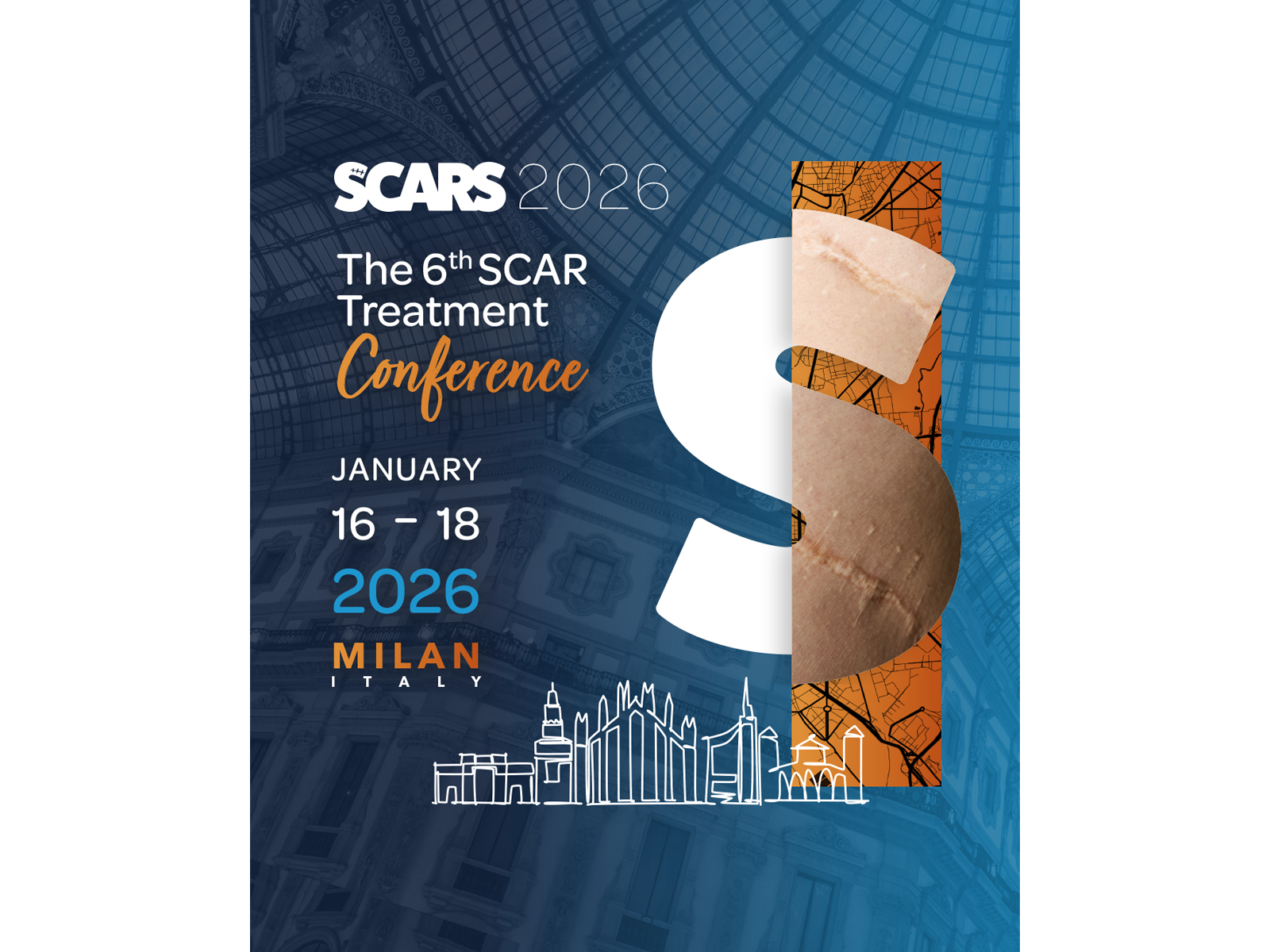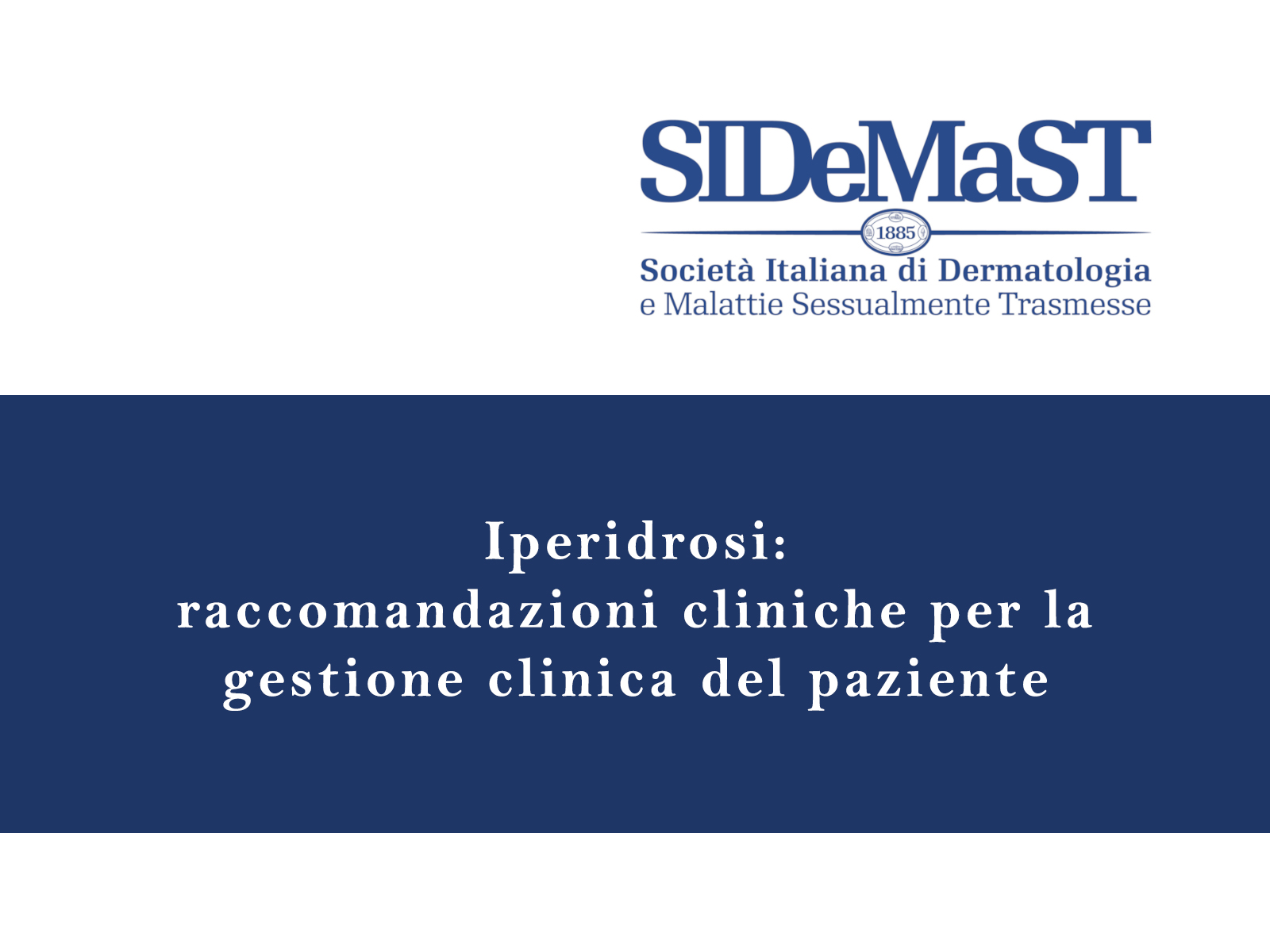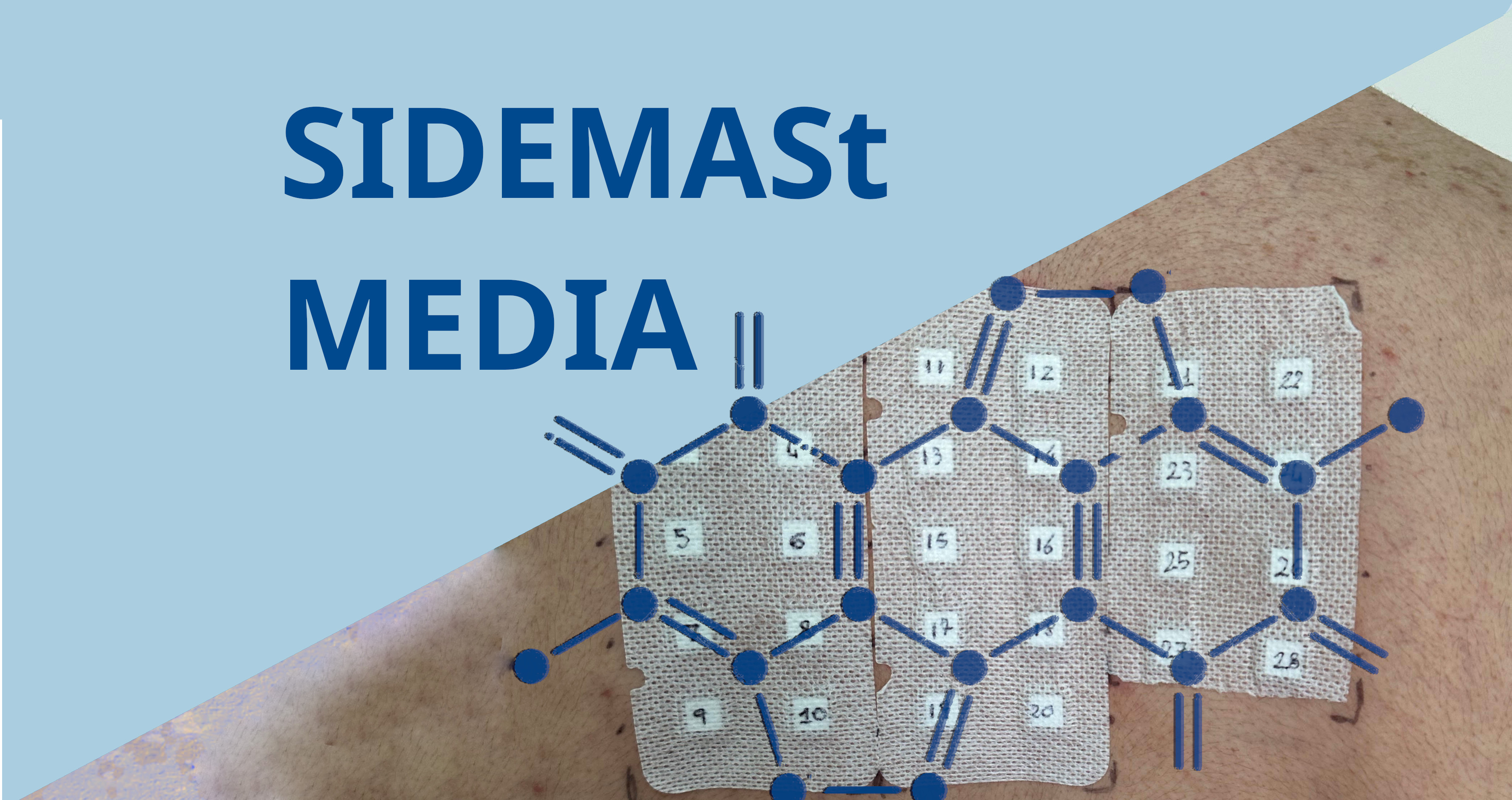Infants with atopic disease who are exposed to early consumption of peanut products show substantially lower rates of developing peanut allergy, compared with babies who had early avoidance of peanuts, according to a study presented here on February 23 at the 2015 Annual Meeting of the American Allergy Asthma and Immunology (AAAAI).
"Our findings showed that early, sustained consumption of peanut products was associated with a substantial and significant decrease in the development of peanut allergy in high-risk infants," said George Du Toit, MD, Evelina London Children's Hospital & The Portland Hospital, London, United Kingdom.
"Conversely, peanut avoidance was associated with a greater frequency of clinical peanut allergy than was peanut consumption, which raises questions about the usefulness of deliberate avoidance of peanuts as a strategy to prevent allergy."
The data, which was published simultaneously in the New England Journal of Medicine, is the first from the much-anticipated Learning Early About Peanut (LEAP) study.
The study included 640 infants with severe eczema, egg allergy or both who were randomly assigned to either consumption or avoidance of peanuts until age 5 years.
Among 530 patients in the intent-to-treat population with negative sensitivity to peanut extract on a skin-prick test at the time of randomisation, the prevalence of peanut allergy at age 5 was 13.7% among the peanut avoidance group, compared with 1.9% in the consumption group (P < .001).
Of 98 infants who had positive skin-prick tests at baseline, the prevalence of peanut allergy was as high as 35% in the avoidance group, compared with 10.6% in the consumption group (P = .004).
While increased levels of peanut-specific immunoglobulin G4 antibody were seen largely in the consumption group; a higher percentage of subjects in the avoidance group showed elevated titres of peanut-specific immunoglobulin E antibody.
There were no significant differences in the incidence of serious adverse events.
"In the intention-to-treat analysis, peanut consumption was associated with an 86% reduction in peanut allergy at 60 months of age among participants who had had negative results on a peanut-based skin-prick test at study entry and with a 70% reduction among those who had had positive test results at study entry," the authors wrote in their presentation.
Clinical guidelines have in the past recommended the exclusion of allergenic foods from the diets of infants who are at a high risk for allergy, as well as from their mothers' diets during pregnancy and lactation. However, the bulk of evidence has failed to support the benefits of the dietary exclusion in preventing allergy and the recommendations were withdrawn in 2008.
The question of whether the participants who consumed peanut would continue to remain protected against the development of peanut allergy even after prolonged cessation of peanut consumption requires further study and is under investigation in the LEAP-On study









